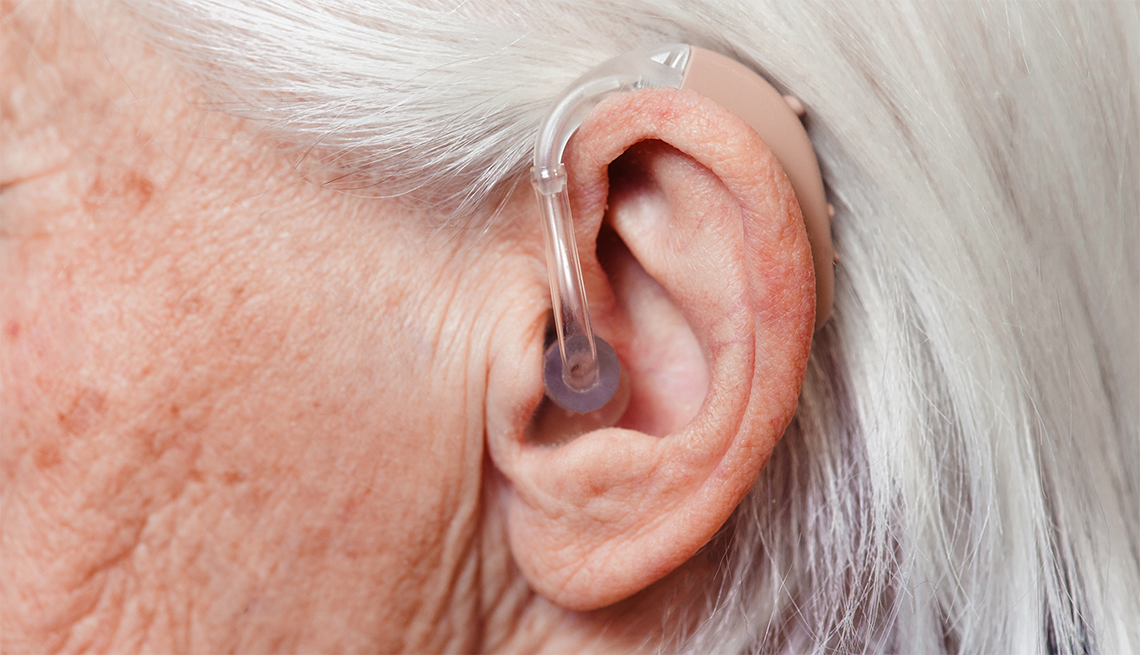AARP Hearing Center


If you already are one of the millions who use hearing aids, you know their value: You can hear your family members more clearly or enjoy dinner conversation with friends without saying “What?” all the time.
According to the National Institute of Deafness and Communication Disorders, 30 percent of adults ages 65 to 74 and approximately 50 percent of adults older than 75 have diminished hearing. Hearing loss is on the rise in the United States and is expected to increase by 67 percent by 2060. But you still need to take steps to protect your hearing once you have hearing aids. Unfortunately, aging, plus the noisy world in which we live, can further impair the hearing of those who use hearing aids.
Essentially, hearing aids are designed to compensate for a person’s hearing loss and to operate in difficult listening environments, says Ayasakanta Rout, a professor of audiology and director of the Hearing Aid Research Laboratory at James Madison University in Harrisonburg, Virginia. He says hearing aids “do not improve the existing damage already in the inner ear.”
To help prevent additional hearing loss and the problems associated with it, here are seven suggestions that can help.
1. Wear your hearing aids — even when you are at home alone.
“In most cases of age-related hearing loss, there is a slow progression of the degree of hearing difficulty despite the use of hearing aids,” Rout says. “It is critical that hearing aids are programmed exactly to the need of the individual user so that soft sounds are audible, medium sounds are comfortable, and loud sounds are tolerable. If a hearing aid is too loud, it could induce additional hearing loss. That is why the best practices in hearing aid fitting recommend verification of the actual sound levels produced by the hearing aid when worn in the user’s ear.”
Rout adds that hearing aids are designed to make sounds audible and comfortable without being too loud. The aids can selectively reduce background noise.
Individuals with hearing loss should consistently use properly fitted hearing aids, Rout says. That includes when you are at home.
“If you need them and don’t use them, your comprehension of speech will decline,” he says.
“Think of all the things you would not enjoy if you decided not to wear your hearing aids,” says Richard S. Tyler, a professor in the Department of Otolaryngology at the University of Iowa. He adds that hearing aids can improve the user’s quality of life: “Hearing is critical to communication, interacting, appreciating and learning from others. This certainly can impact socialization, friendship and cognition.”
































































More From AARP
AARP Smart Guide to Seasonal Allergies
Achoo! How to understand and treat your symptoms
Hearing Loss for Dummies
Improve your hearing, enhance your life6 Bad Habits for Your Hearing
Protect your ears, avoid these behaviors
Recommended for You